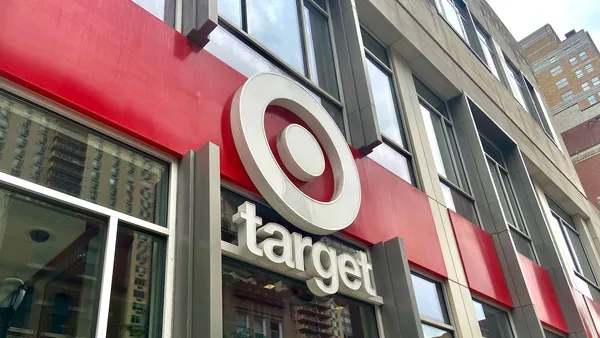Dive Brief:
- A pair of field studies conducted by Harvard University researchers found that face-to-face communication between workers declined by 70% after a transition to an open office arrangement, while electronic interactions increased. An analysis of the studies was published in a scientific journal by The Royal Society.
- Researchers led by Ethan S. Bernstein and Stephen Turban studied the impact of open-workspace design on face-to-face, email and instant messaging interaction among employee populations at two unnamed Fortune 500 multinational companies. Rather than increase lively face-to-face collaboration, open-office design caused workers to withdraw from coworkers socially, the study found, and workers opted to interact via email or instant messaging tools.
- The team of researchers analyzed digital data from two sources: wearable devices and electronic communication servers. Bernstein and Turban wrote that their research is the first-ever study to empirically measure face-to-face and electronic interaction before and after an open office transformation.
Dive Insight:
The trend among employers has been toward less formal and more open spaces, nixing doors and cubicles for new layouts. A report by Ted Moudis Associates, an architectural and interior design firm, found that 92% of workplaces polled were categorized as open workspaces. In the past two years, notable names have jumped on this bandwagon, including General Electric and Northwestern Mutual.
But not all employees embrace the open workspace concept, and HR executives need no bigger example than Apple. A vocal segment of the tech giant's workforce threatened to quit shortly after the opening of Apple Park, a massive new corporate HQ that employs the open office format. Apple employees opposed the design because they said, among other things, that it would impede their creativity. In a separate study, more than half of high-performance employees said they spend long hours problem-solving and therefore need quiet, calm spaces in which to work.
One potential compromise is to incorporate private work areas alongside open ones. In a previous set of interviews, Colin Finley, vice president of client solutions at Ideation Studio, and Maura Nevel Thomas, a speaker and author, told HR Dive that open workspaces can encourage collaboration, but that knowledge workers and creative people need quiet workspaces to be productive.
Finally, the power of technology in communication can't be overlooked. The growing popularity of personal devices means larger numbers of workers are accustomed to instant messaging or emailing through these devices — both at work and after-hours. Employers may want to consider reevaluating policy on device use, if for no other reason than to proactively combat cyber risks at play.











